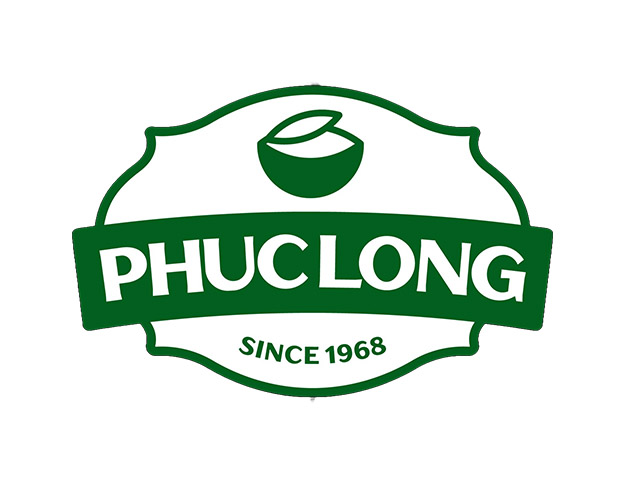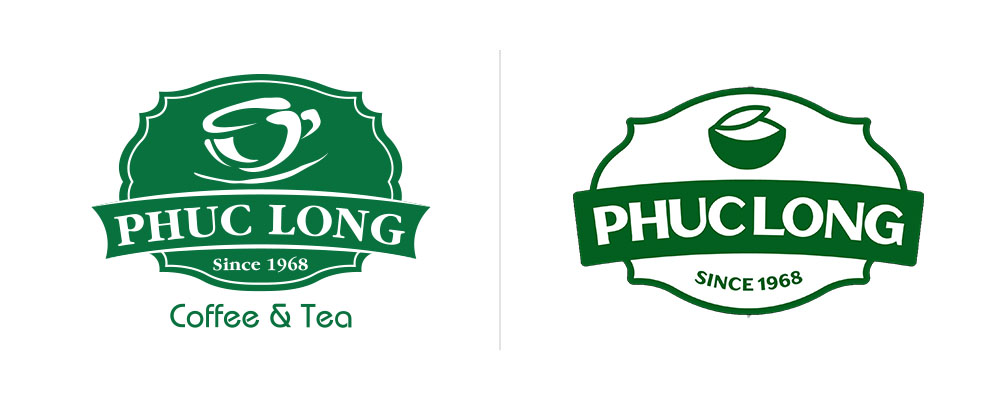

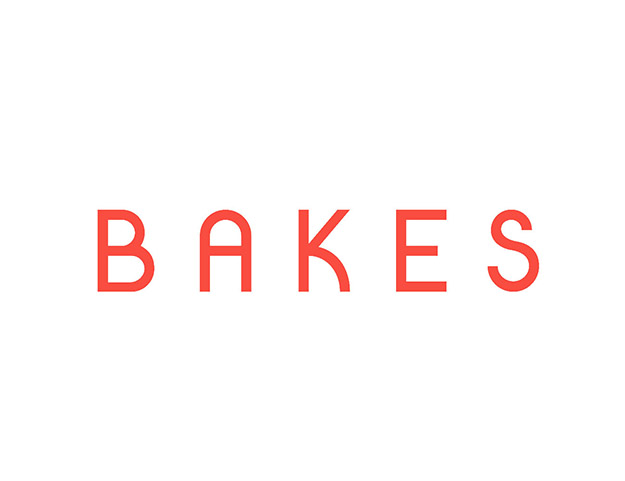
When a brand with nearly six decades of history decides to reinvent itself, the world takes notice. In 2025, Phuc Long Coffee & Tea—one of Vietnam’s most iconic beverage chains—unveiled a new identity with the opening of its flagship store, Phuc Long Phoenix, in Ho Chi Minh City. This case study dives into that transformation: why it matters, what it represents, and how it reflects a deeper ambition—to connect generations through the culture of Vietnamese tea. Far from a cosmetic refresh, this move signals the start of a new chapter in which heritage and innovation are brewed together in every cup.

Brand Overview
Since 1968, Phuc Long has stood as a guardian of Vietnamese tea culture, growing from a humble local brand into a nationwide chain of more than 180 stores. Backed by Masan Group, the company remains proudly non-franchised, ensuring every experience is consistent, authentic, and quality-controlled. In the first half of 2025 alone, it generated VND 858 billion in revenue (up 10.3% year-on-year) and VND 86 billion in after-tax profit (up 63.5% vs. 2024), highlighting the effectiveness of its restructuring strategy. Looking ahead, the company aims to reach 500 stores domestically, while also piloting its global franchising model—already launched with two stores in California, USA.

Brand History
Phúc Long’s journey began in 1968 as a modest tea business, rooted in Vietnam’s centuries-old tea tradition. From those early days, the brand steadily grew into a cultural presence, opening some of Ho Chi Minh City’s first cafés in the 1980s and gradually building recognition as both a producer and retailer. By the 2000s, Phúc Long had formalized its operations, invested in plantations and factories to control quality from farm to cup, and begun shaping itself into a modern F&B brand. The real turning point came in the 2010s, when it expanded into shopping centers and urban hubs, transforming from a local tea supplier into a lifestyle chain. Growth accelerated quickly, with dozens of stores nationwide and a surge in consumer demand that set the stage for its next chapter. In 2022, the brand entered a new era under Masan Group’s ownership, which provided capital and strategic direction to scale faster and integrate into Vietnam’s booming retail landscape. After experimenting with kiosks inside supermarkets, Phúc Long recalibrated its strategy, shifting focus toward flagship stores that could embody the full spirit of Vietnamese tea culture while offering modern, international-standard experiences. Nearly six decades since its founding, Phúc Long now stands as one of Vietnam’s most recognized beverage brands, balancing heritage and innovation as it prepares for ambitious expansion at home and abroad.

Challenges
By the mid-2020s, Phúc Long faced mounting pressure on multiple fronts. Competition in Vietnam’s tea and coffee market was intensifying, with global chains and agile local players raising the bar for consumer experience. At the same time, a generational shift was reshaping demand—Gen Z customers were no longer satisfied with just good drinks, they expected brands to deliver modern, stylish spaces and authentic cultural storytelling. Adding to this, Masan Group’s earlier push to expand rapidly through kiosks inside supermarkets had boosted visibility but diluted the brand experience and hurt profitability. The question became clear: how could Phúc Long reinvent itself to honor its heritage while capturing the loyalty of a new generation? The answer lies in the transformation we explore throughout this case study.

Market Insights
Vietnam’s beverage market is evolving rapidly, shaped by a fusion of global influences and strong local traditions. Consumers—particularly Gen Z—are no longer content with products alone; they seek experiences that combine authentic culture with modern lifestyles. This generation is driving demand for aesthetic spaces, personalized service, and stories that connect them with community and purpose. Against this backdrop, Phúc Long recognized the need to shift from being seen as just a tea and coffee chain to becoming a modern cultural destination that reflects the rhythm of contemporary life while staying anchored in Vietnamese heritage.
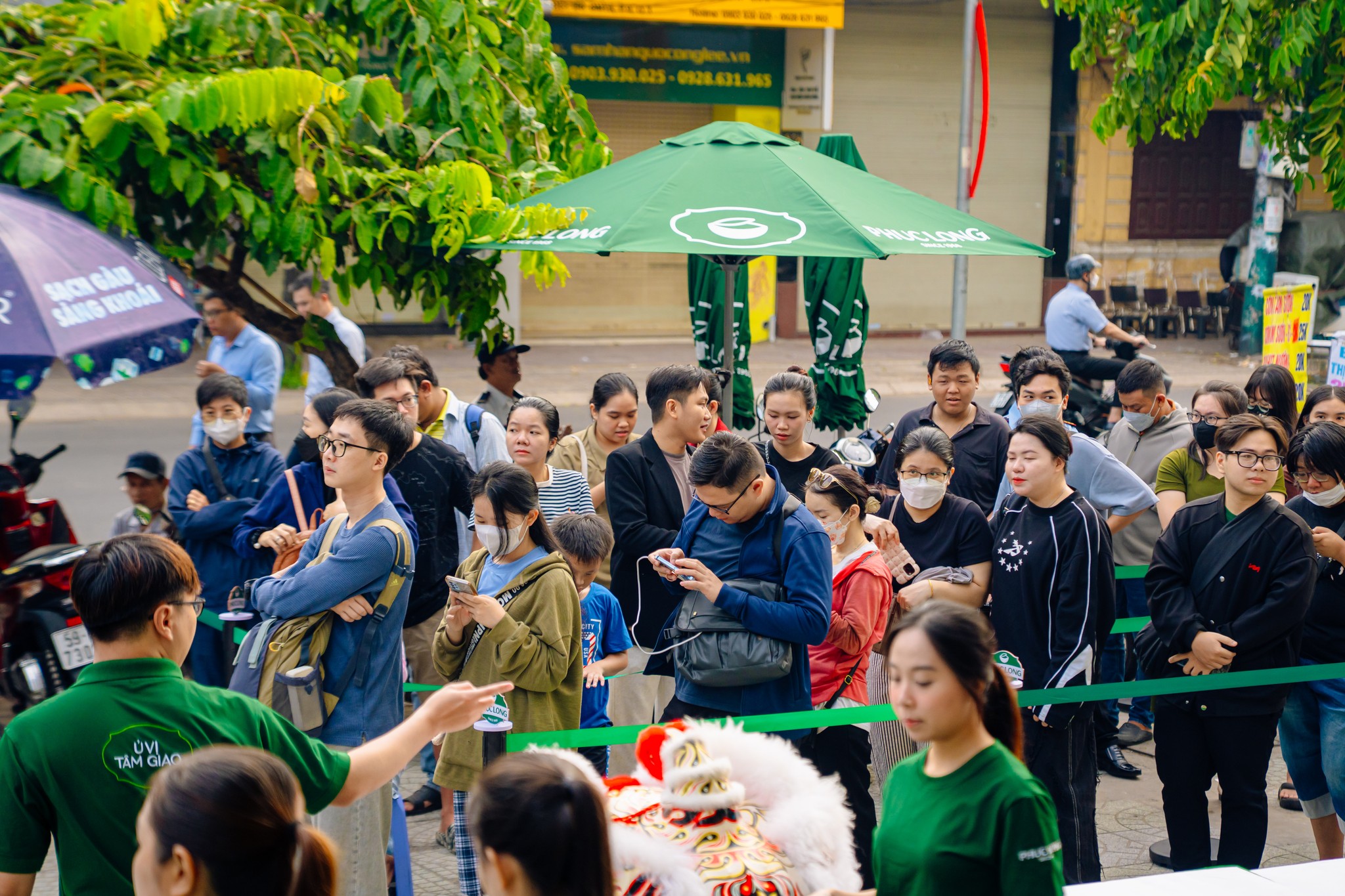
Competitor Analysis
The competitive field is fierce, with global brands like Starbucks bringing international cachet and local players such as Highlands Coffee scaling aggressively across Vietnam. These rivals have successfully captured young urban consumers with strong branding, consistent service, and aspirational spaces. However, many lack the deep cultural authenticity that Phúc Long can claim after nearly six decades in the market. This contrast provided a clear opening: Phúc Long’s strategy is not to compete head-to-head on size or international appeal, but to differentiate itself through heritage-driven experiences that no rival can authentically replicate.
The competitor map below illustrates Phúc Long’s repositioning. Historically, the brand leaned on heritage but offered more of a functional café experience, particularly during its kiosk expansion. With the 2025 rebrand, it is moving upwards—towards immersive, lifestyle-driven spaces—while staying firmly rooted in Vietnamese authenticity. This shift places Phúc Long in a unique competitive space: more authentic than global rivals like Starbucks, yet more experiential and youth-relevant than traditional players like Trung Nguyên.
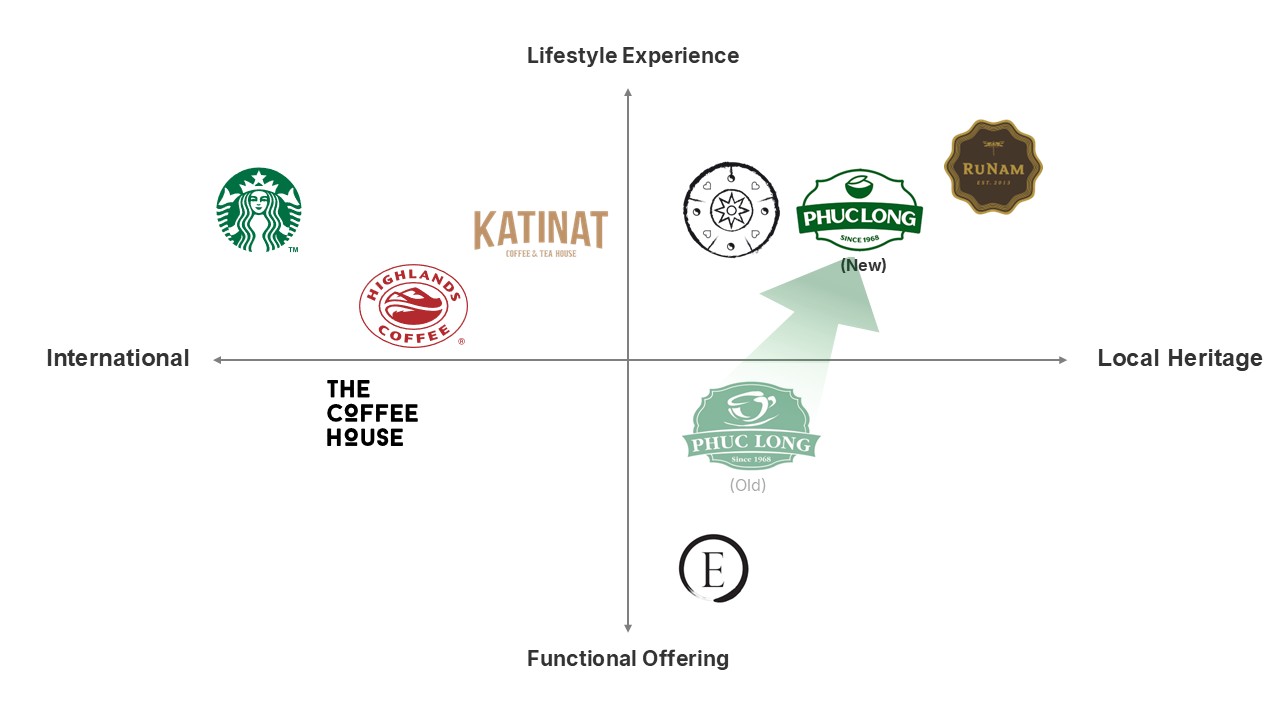
Target Audience
Phúc Long’s refreshed 2025 strategy focuses on young, urban consumers—especially Gen Z and younger millennials—while continuing to serve families and loyal older customers. Its core audience is late-20s to early-40s city dwellers who treat tea and coffee as a daily ritual and a social experience. These customers value both heritage and novelty: authentic Vietnamese teas and coffees served in modern, comfortable spaces designed for gathering and sharing. By expanding lifestyle-inspired drinks, enhancing store ambiance, and integrating digital loyalty programs, Phúc Long keeps each visit relevant and connected to the rhythm of urban life.

Brand Positioning
Positioned as the symbol of modern Vietnamese tea, Phúc Long stands between heritage and innovation. It is not just a café, but a destination where culture is retold through design, flavor, and service. The brand’s messaging emphasizes connection—between farmers, brewers, and customers; between generations past and present. In practice, this means synchronized experiences across all touchpoints: contemporary store designs with traditional cues, consistent product standards, and a unified customer journey. In a crowded market, this positioning sets Phúc Long apart as both authentic and forward-looking.
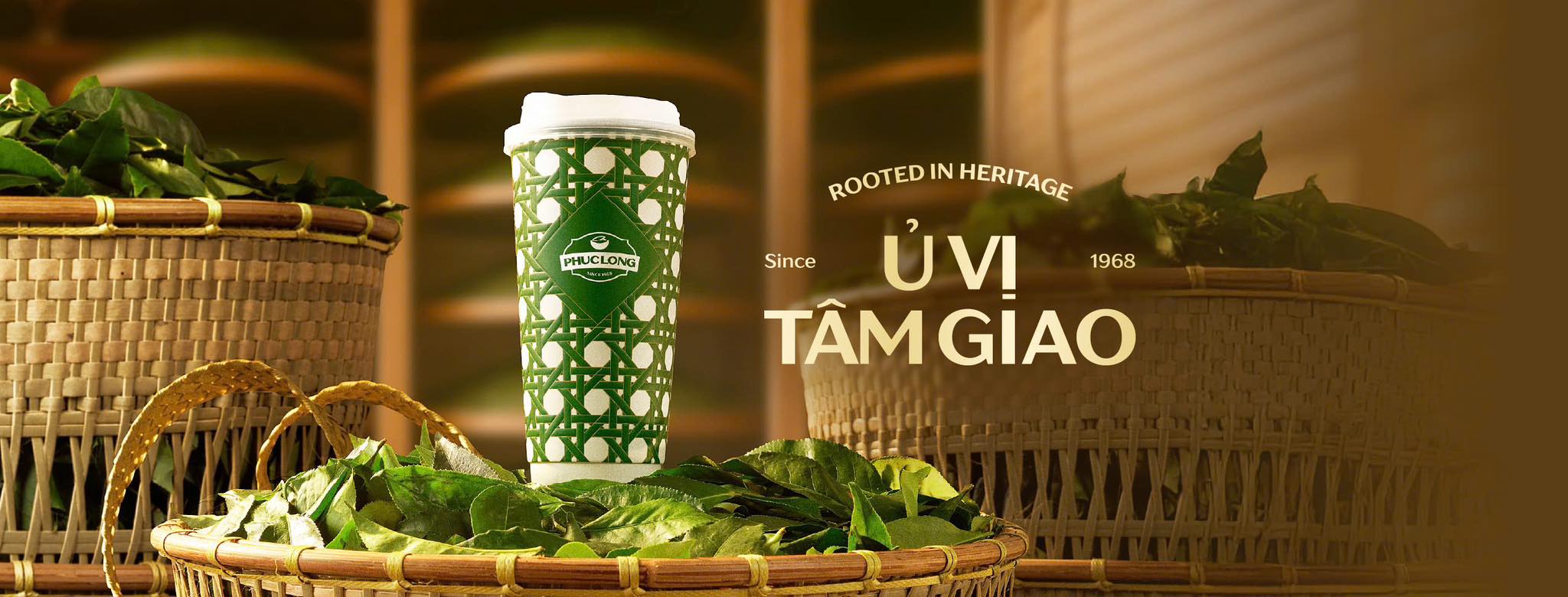
Conclusion of the Strategy
In sum, Phúc Long’s strategy is about more than a visual identity—it is a renewed promise to Vietnam’s consumers. By responding to shifting market dynamics, standing apart from competitors, and embracing the tastes of younger generations, the brand is charting a sustainable path forward. Its identity today is clearer and bolder: a cultural icon that protects its heritage while confidently stepping into modern life. This case study will explore how that vision is being executed across design, operations, and market expansion.
Naming Strategy
In its 2025 rebrand, Phúc Long chose to retain its name — a signal of the strong equity the brand has built over more than two decades under this identity. Historically, the name has always appeared with the “Coffee & Tea” descriptor, but in the refreshed identity this line is no longer prominent, reflecting a shift in confidence: Phúc Long is now recognizable enough to stand on its own. Instead, the focus has moved to the phrase “Since 1968,” anchoring the brand in its origin story and reinforcing its heritage. The name itself remains suggestive rather than descriptive, combining “Phúc” (blessing) and “Long” (dragon/prosperity) to evoke a sense of cultural pride and good fortune. By keeping the name but elevating how it is presented, Phúc Long strengthens its position as a legacy brand ready to engage a new generation while reminding customers of its deep roots.

More is coming soon. Case study under construction.
Since ancient times, Vietnamese people have enjoyed tea brewed from fresh leaves and shared in simple bowls. This tradition remains alive today, especially in rural families — a timeless ritual that continues to bring people together.
